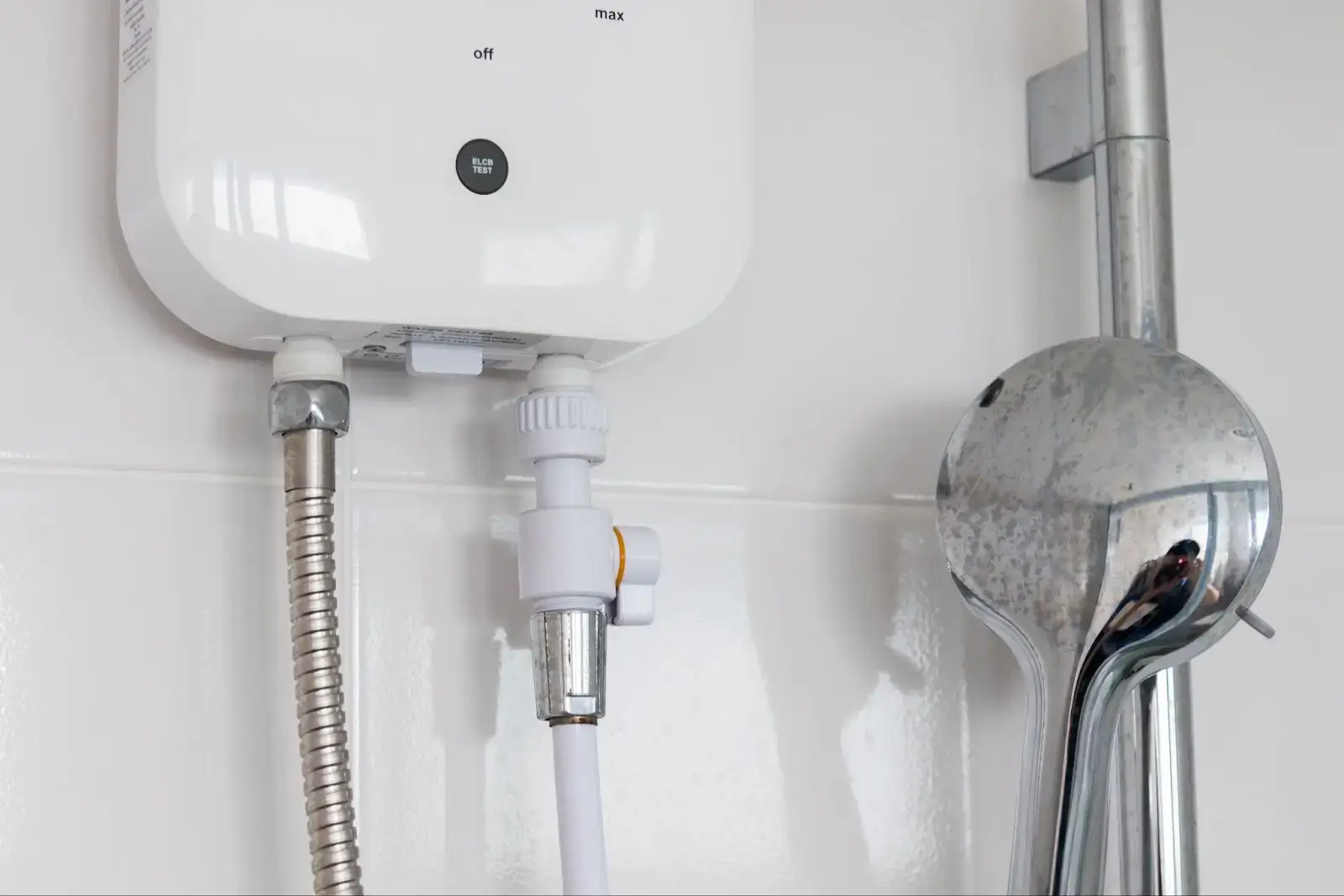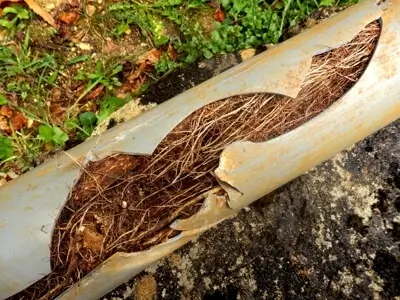A furnace pressure switch is a crucial part of your home's heating system. It monitors the pressure in the exhaust pipe and keeps it at an optimal level, preventing dangerous fumes from entering your home.
If the furnace pressure switch isn't working properly, it can lead to carbon monoxide poisoning or even a fire. Regular maintenance on this device is essential for keeping you and your family safe. It also ensures that your furnace runs efficiently.
In this article, we'll be explaining what a furnace pressure switch is, how it works, and why homeowners should give it more consideration. Keep reading to learn more!
What is a Furnace Pressure Switch?
A furnace pressure switch is an important safety device that monitors the pressure inside a furnace system. It is typically located near the motor but can be part of any larger system depending on the manufacturer. The purpose of the pressure switch is to detect negative pressure created by the draft inducer motor. If such a situation arises, the switch will automatically shut off the furnace, preventing dangerous back-drafting.
Backdrafting occurs when exhaust fumes are reintroduced into a connected system. This can lead to serious health risks for those in an enclosed space.
The pressure switch also guards against gas leaks and helps prevent a mechanical failure from causing the furnace to cycle unnecessarily. To ensure proper operation, it is important to inspect and service your furnace's pressure switch regularly.
How Does It Work?
The pressure switch is connected to a diaphragm on one side and connected to either an electricity or gas-controlled circuit on the other. When the diaphragm detects proper levels of air, it closes the switch and allows electricity or gas to flow through. This triggers the furnace to ignite and heat up.
If there's not enough air passing through, the pressure switch won't close, and no energy will be available to ignite the furnace. As a result, your furnace can't efficiently heat your home.
Why Is the Furnace Pressure Switch Important?
The furnace pressure switch is important for several reasons. First, it prevents carbon monoxide poisoning and other health risks caused by exposure to dangerous fumes.
Second, it helps protect against potential fire hazards by ensuring that the furnace only runs when the pressure switch is closed. This prevents the furnace from over-cycling and wasting energy.
Finally, it helps maintain the efficient operation of your furnace by detecting negative pressure before it can cause damage.
Overall, a functioning pressure switch is essential for keeping you and your family safe and comfortable in your home.
Types of Furnace Pressure Switches
The number and configuration of your pressure switch may vary depending on whether it uses condensing or conventional systems.
Here's a closer look at the types of furnaces found in homes and their corresponding pressure switches:
Single-Stage Conventional Furnace
A single-stage conventional furnace has one pressure switch. It's connected to the draft inducer fan with a pressure switch hose. It's responsible for sensing airflow and changes in pressure, which can indicate several issues, such as clogged air filters or blocked ducts. When the pressure switch senses an issue, it will shut down the furnace until the problem is resolved.
Single-Stage Condensing Furnace
A single-stage condensing furnace has two hoses connected to the pressure switch. One pressure switch hose senses the pressure at the draft inducer, while the other senses the venting pressure at the condensate collector box.
The two hoses enable this type of pressure switch to detect changes in both airflow and temperature. This allows the pressure switch to identify problems before they become too severe.
Additionally, this furnace allows for more efficient operation due to its ability to regulate temperature and airflow better.
Two-Stage Furnace
A two-stage furnace typically has two pressure switches. The first switch monitors indoor air temperature while the second monitors outdoor air temperature. When one set of temperatures falls below a certain point, both switches are activated and work together to optimize efficiency by providing cooling or heating when needed.
Modulating Furnace
A modulating furnace requires three types of pressure switches:
- one that monitors indoor air temperature
- one that monitors outdoor air temperature
- one that monitors combustion gas pressures
All three switches control furnace output based on changing conditions inside the home or building. By monitoring all three parameters simultaneously, this system can provide optimal efficiency and comfort levels with minimal energy consumption.
Common Causes of Pressure Switch Failure
Various things can cause a pressure switch to fail. This includes age, diaphragm damage, dirt buildup, and stiffened diaphragms.
Let's take a closer look at each situation:
Old Furnace Pressure Switch
The most common cause of pressure switch failure is old age. Over time, the internal components of the pressure switch can become worn and unable to take accurate readings. This can lead to faulty furnace cycling, which can cause the furnace to run inefficiently or not at all.
Damaged Diaphragm
Pressure switches often fail due to holes, tears, or other damage to the diaphragm. These damages occur due to misuse or general wear and tear.
Dirt Buildup
Dust and dirt buildup are other frequent culprits for pressure switch issues. If left unchecked, particles can settle on components such as electrical contacts or springs, causing them to corrode and jam up. This can lead to incorrect readings from the pressure switch.
Stiffened Diaphragm
Another common issue is a coated or stiffened diaphragm within the pressure switch. The diaphragm is key in regulating the flow of air within the system. Over time it may become covered with dust, dirt, oil, and other debris that causes it to become stiff and immobile. This can prevent it from taking accurate readings and allowing proper airflow within the system.
Tips for Maintaining Your Furnace Pressure Switch
Now that you know the common causes of a pressure switch failure, here are a few tips for maintaining your furnace pressure switch.
- Regularly check your air filters and clean or replace them as needed. This helps ensure correct airflow within the system.
- Keep an eye out for dust buildup on the components of the pressure switch, as this can lead to corrosion and inaccurate readings.
- Check periodically for any signs of damage to the diaphragm, such as holes or tears, that could cause it to become unresponsive.
- Have your furnace regularly inspected by a professional HVAC technician to ensure everything is working correctly and that all components are in good condition.
Can I Run My Furnace Without a Pressure Switch?
Your furnace may function without a pressure switch. However, it will be incredibly dangerous for you and the people around you.
You should not operate your furnace without a pressure switch for your safety. Without one, the furnace cannot properly monitor airflow and temperature levels, leading to dangerous conditions such as carbon monoxide buildup or gas leaks.
When Is It Time to Get a New Furnace Pressure Switch?
If you notice any of the problems we highlighted earlier, such as a build-up of dust or diaphragm damage, it's a huge indicator that it's time to switch out your pressure switch.
A professional should also inspect and replace the pressure switch when installing a new furnace system. A good rule of thumb is to replace the switch every five years, though this may vary depending on usage and other factors.
What Should I Do If My Pressure Switch Fails?
If you suspect your pressure switch might be failing, it's important to get it checked out and repaired as soon as possible. A faulty pressure switch can lead to serious safety issues or cause your furnace system to work inefficiently.
It's best to call a professional HVAC technician to diagnose the issue and replace any worn or damaged components. They'll also be able to make sure that your furnace is up-to-date with all necessary safety protocols for optimal operation.
Professional HVAC Assistance
Homeowners often overlook the importance of regular HVAC maintenance and repairs. Without proper maintenance, your furnace can become inefficient or even dangerous. Faulty pressure switches can lead to carbon monoxide buildup or gas leaks, putting you and your family at risk.
Get professional HVAC assistance from Sunset Heating & Cooling!
Sunset Heating & Cooling offers quality HVAC services for residential and commercial customers across Portland. Our experienced technicians are equipped to handle all of your furnace maintenance needs, from pressure switch repairs and replacements to general inspections.
Our experts will inspect your system for any signs of damage or wear and tear, diagnose any issues, and replace worn components as needed. We'll also make sure that all safety protocols are up-to-date so that you can rest easy knowing that your furnace is running safely and efficiently.
Whether you need assistance with your current system or are in the market for a new one, our team can help.
Contact us for more information about our services or schedule an appointment with one of our technicians.
Dial (503) 500-5866 today.
We look forward to hearing from you!







